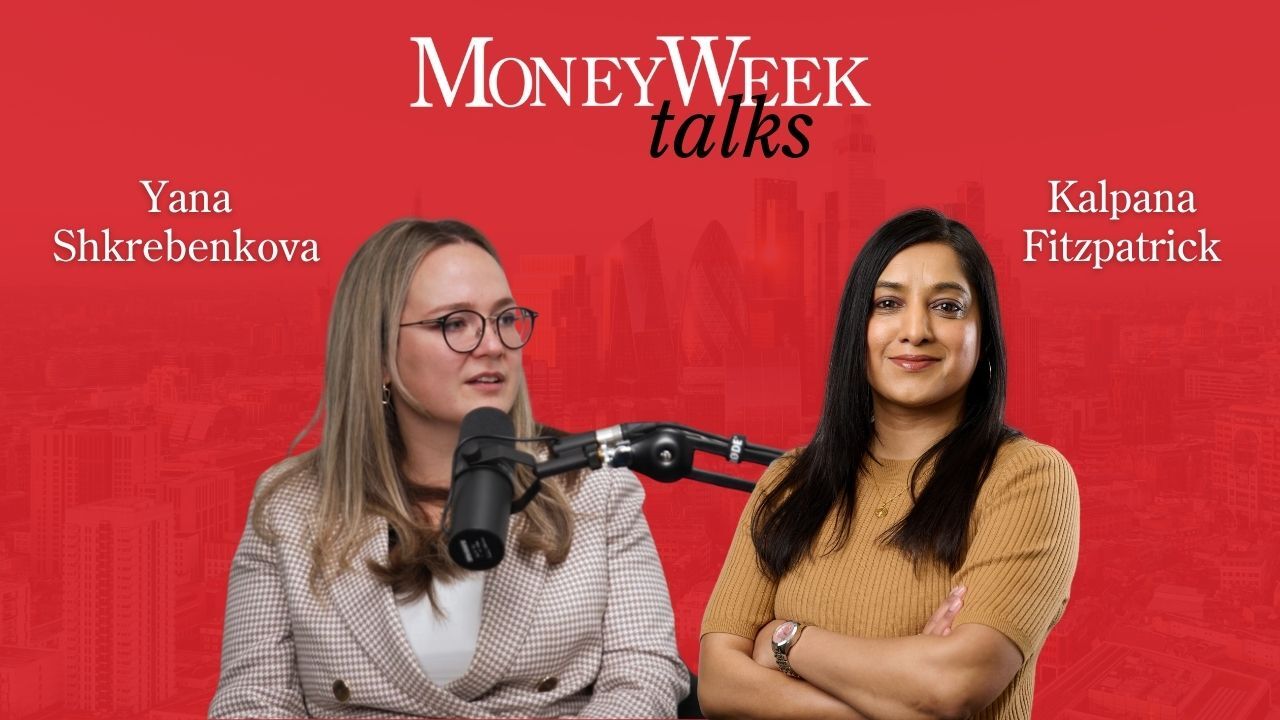9 May 1950: the Schuman declaration – the first step in creating the EU
With the 1950 Schuman declaration, the first step was taken on the road to creating the European Union.

In the aftermath of World War II, Europe was desperate to avoid further war. France in particular was keen to strip Germany of its war-making capacity. In 1949, the International Authority for the Ruhr (IAR) was established.
It was governed by a council of representatives from both the Allies and West Germany. It controlled production and export of coal and steel in the region effectively controlling the entire West German economy.
But French politician Robert Schuman, who served as foreign minister from 1948, thought Europe had to bring Germany into the fold, rather than punish it. He wasn't alone.
MoneyWeek
Subscribe to MoneyWeek today and get your first six magazine issues absolutely FREE

Sign up to Money Morning
Don't miss the latest investment and personal finances news, market analysis, plus money-saving tips with our free twice-daily newsletter
Don't miss the latest investment and personal finances news, market analysis, plus money-saving tips with our free twice-daily newsletter
The rise of the Soviet Union fuelled calls for greater co-operation and economic integration, particularly from the US.Winston Churchill, in 1946, even called for a "kind of United States of Europe".
The 1950 Schuman declaration is seen as the first official step on the road to today's European Union, and Schuman is seen as one of the EU's founding fathers. One of its stated aims was to "make war between France and Germany not only unthinkable but materially impossible", starting with the management of Europe's coal and steel resources under a single High Authority'.
In 18 April 1951, the European Coal and Steel Community (ECSC) was formally established by the Treaty of Paris, signed by France, West Germany, Italy, Belgium, Luxembourg and the Netherlands. It replaced the IAR and created a single, tariff-free market for coal and steel between the member states.
It was always seen as a step on the road to a united Europe, and provided the blueprint for the European Commission and the European Parliament, among others.
Get the latest financial news, insights and expert analysis from our award-winning MoneyWeek team, to help you understand what really matters when it comes to your finances.

-
 Will fintechs change the way you invest?: MoneyWeek Talks
Will fintechs change the way you invest?: MoneyWeek TalksPodcast MoneyWeek's digital editor, Kalpana Fitzpatrick, speaks to Revolut Trading CEO Yana Shkrebenkova about how fintechs are changing the way people approach investing.
-
 Six steps business owners should consider before April inheritance tax relief change
Six steps business owners should consider before April inheritance tax relief changeNew limits to inheritance tax-free allowances are coming in from the Spring that affect business owners. Those looking to sell or transfer their assets into a trust before the changes need to act now
-
 31 August 1957: the Federation of Malaya declares independence from the UK
31 August 1957: the Federation of Malaya declares independence from the UKFeatures On this day in 1957, after ten years of preparation, the Federation of Malaya became an independent nation.
-
 13 April 1960: the first satellite navigation system is launched
13 April 1960: the first satellite navigation system is launchedFeatures On this day in 1960, Nasa sent the Transit 1B satellite into orbit to provide positioning for the US Navy’s fleet of Polaris ballistic missile submarines.
-
 9 April 1838: National Gallery opens in Trafalgar Square
9 April 1838: National Gallery opens in Trafalgar SquareFeatures On this day in 1838, William Wilkins’ new National Gallery building in Trafalgar Square opened to the public.
-
3 March 1962: British Antarctic Territory is created
Features On this day in 1962, Britain formed the British Antarctic Territory administered from the Falkland Islands.
-
10 March 2000: the dotcom bubble peaks
Features Tech mania fanned by the dawning of the internet age inflated the dotcom bubble to maximum extent, on this day in 2000.
-
9 March 1776: Adam Smith publishes 'The Wealth of Nations'
Features On this day in 1776, Adam Smith, the “father of modern economics”, published his hugely influential book The Wealth of Nations.
-
 8 March 1817: the New York Stock Exchange is formed
8 March 1817: the New York Stock Exchange is formedFeatures On this day in 1817, a group of brokers moved out of a New York coffee house to form what would become the biggest stock exchange in the world.
-
7 March 1969: Queen Elizabeth II officially opens the Victoria Line
Features On this day in 1969, Queen Elizabeth II took only her second trip on the tube to officially open the underground’s newest line – the Victoria Line.